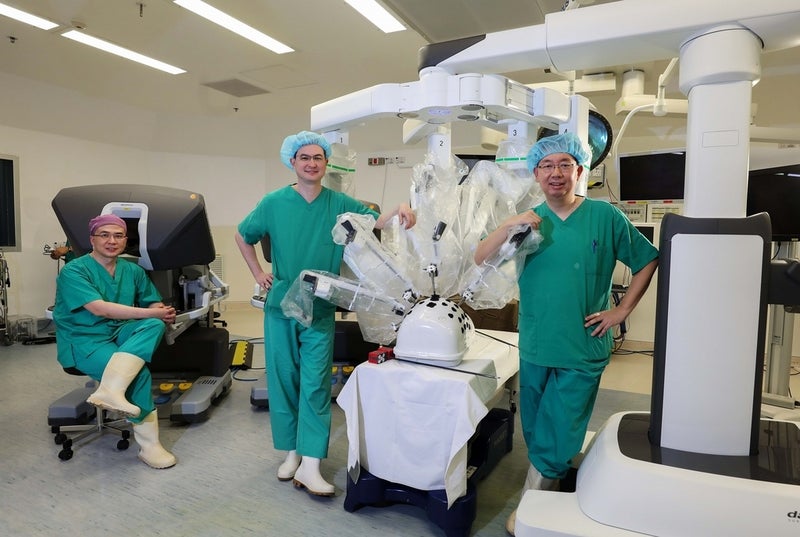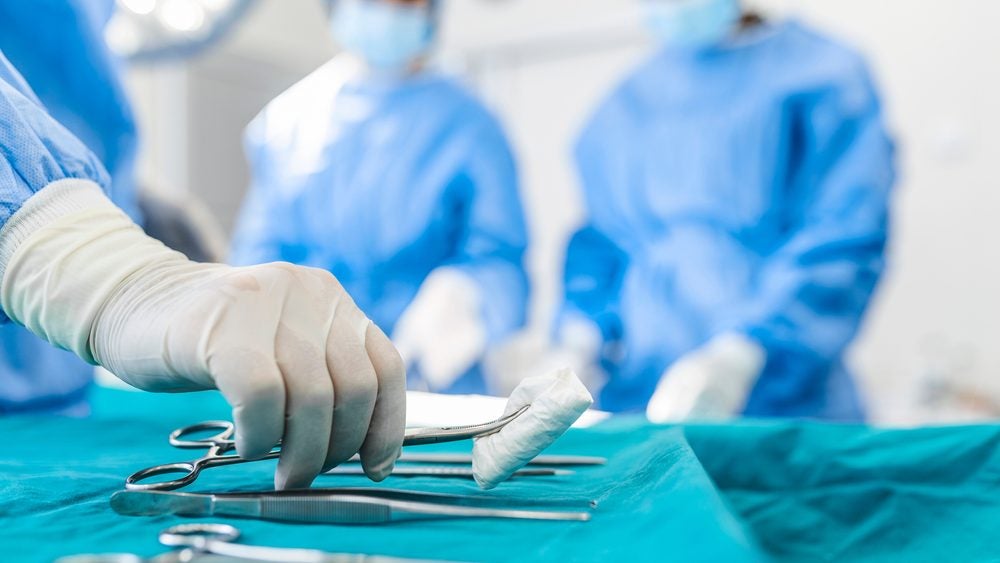
A research team at the Chinese University of Hong Kong (CUHK) have assessed the single port robotic surgical system in a multi-speciality clinical trial involving more than 60 patients.
During the trial, the patients underwent minimally invasive surgery (MIS) using the single port robotic system. The approach allowed multiple procedures through a single entry site and provided access to deep body spaces that were previously difficult to reach.
Results from the study are expected to support the robotic system’s application in clinical use.
MIS is intended to reduce the size of incisions, trauma and pain for patients, as well as enable faster recovery and mitigate the risk of infection.
The multi-port robotic system comprises four arms to control the surgical instruments and the endoscopic camera, which are placed in the surgical field through four incisions.
The single port robotic surgical system requires a single entry site for three instruments and a 3D camera. The instrument can be handled by surgeons at the distal tip and view the 3D image of the operating field through an endoscope via the console.
How well do you really know your competitors?
Access the most comprehensive Company Profiles on the market, powered by GlobalData. Save hours of research. Gain competitive edge.

Thank you!
Your download email will arrive shortly
Not ready to buy yet? Download a free sample
We are confident about the unique quality of our Company Profiles. However, we want you to make the most beneficial decision for your business, so we offer a free sample that you can download by submitting the below form
By GlobalDataWhen tested in the trial, the CUHK team found the single port device to be safe and feasible in performing MIS, even through natural orifices.
The researchers did not report any device-assisted or serious adverse events from the trial.
CUHK Department of Otorhinolaryngology head and neck surgery assistant professor Jason Ying Kuen Chan said: “Taking transoral robotic surgery as an example, the robotic arm of the new system allows truly minimally invasive access to previously more difficult to access sites including the nasopharynx, larynx and hypopharynx.
“We believe the advance in the technology offers a platform from which surgeons can develop novel approaches to handling cases, with minimal invasiveness, to facilitate patient recovery and minimise morbidity.”
In the case of urology and colorectal surgery, the single port robotic surgical system could facilitate single port transabdominal surgery such as colectomy, and natural orifice transluminal endoscopic surgery (NOTES) such as transanal robotic surgery.







